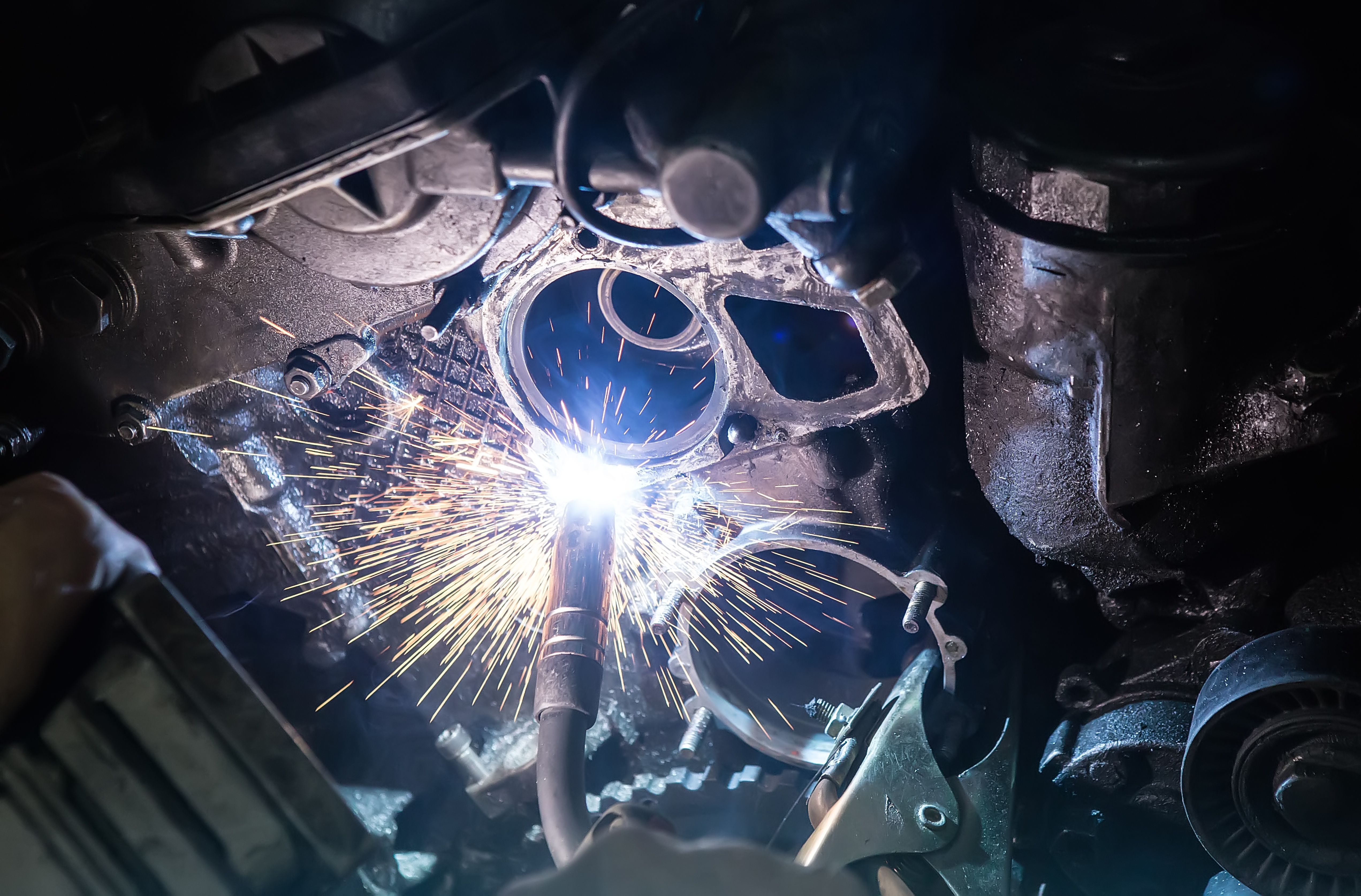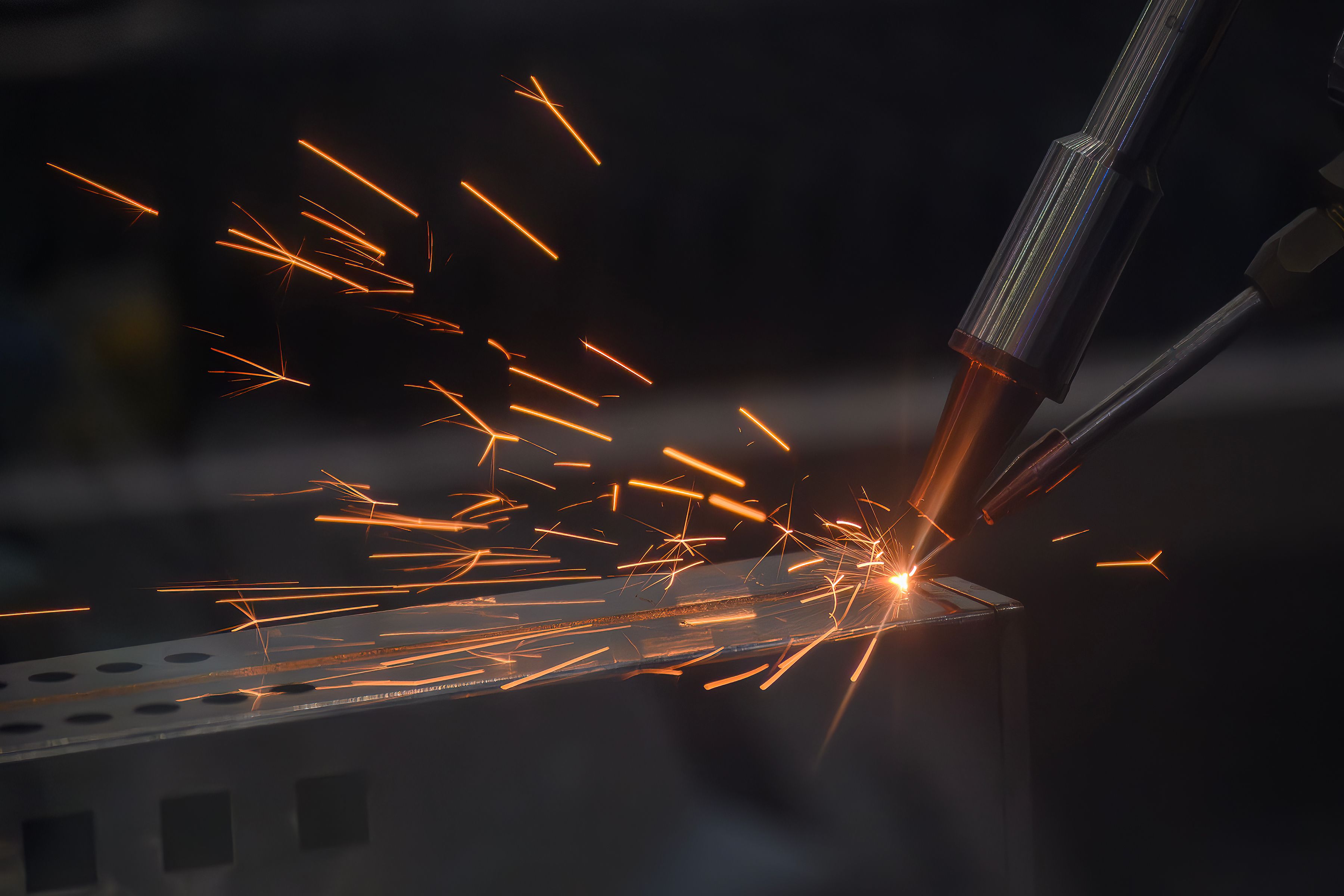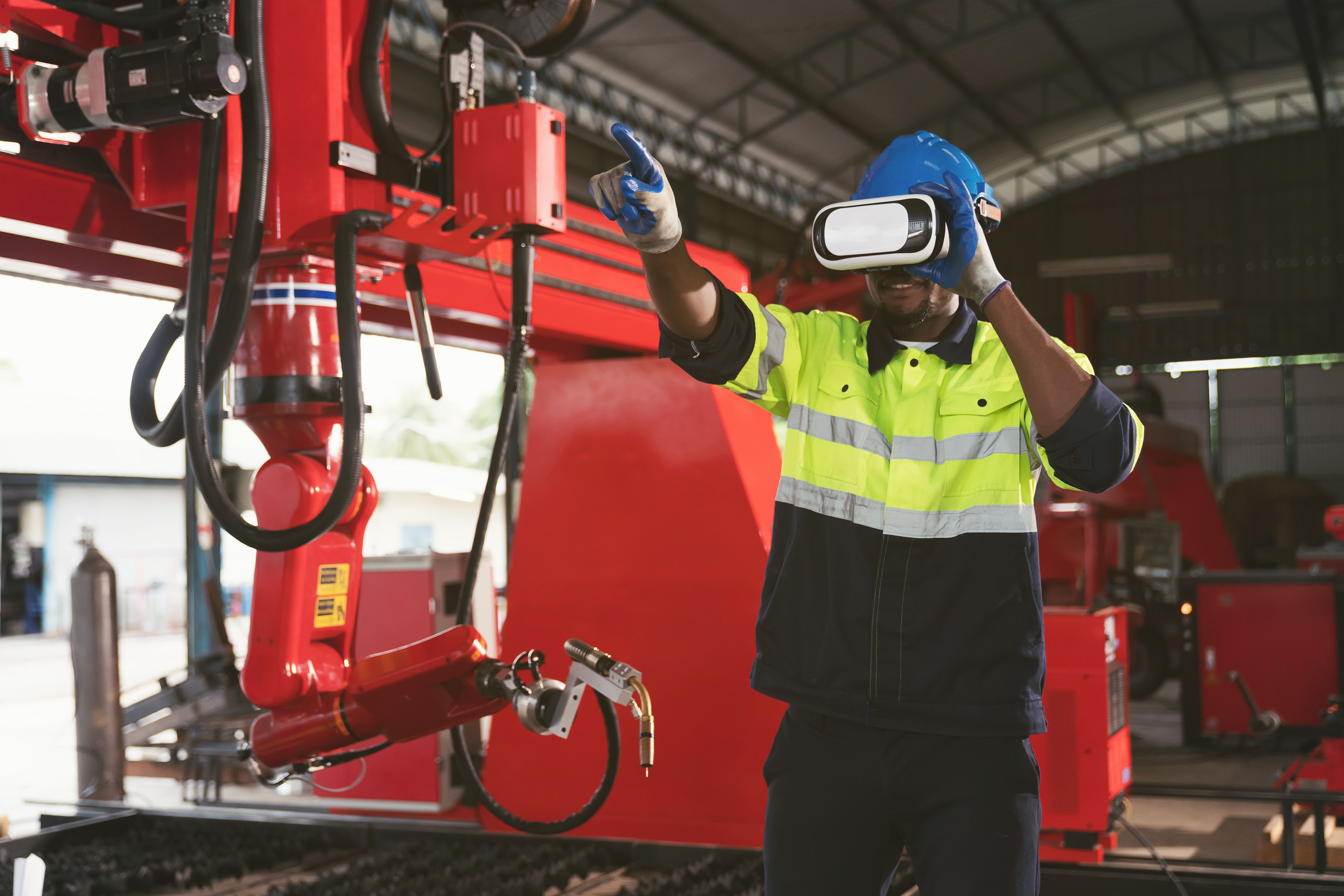Exploring the Legacy of Engine-Driven Welding Motors Since 1965
RR
The Origins of Engine-Driven Welding Motors
Since the mid-20th century, engine-driven welding motors have played a pivotal role in industrial and construction sectors. These powerful machines, which combine the functionality of a generator with welding capabilities, first gained traction in 1965. The innovation was driven by the demand for portable and reliable welding solutions, transforming on-site welding operations.
Before the advent of engine-driven welding motors, welders relied heavily on stationary power sources, which limited mobility and efficiency. The introduction of these engines marked a significant shift, allowing operators to perform tasks in remote and off-grid locations. This development revolutionized the industry, setting new standards for what was possible in welding technology.

Technological Advancements Over the Decades
The initial models of engine-driven welding motors were relatively simple, offering basic functionalities. However, as technology advanced, so did these engines. Over the years, manufacturers have integrated various features to enhance performance, such as improved fuel efficiency, digital displays for precision, and multi-process capabilities that accommodate different types of welding techniques.
By the late 20th century, the incorporation of electronic controls and inverter technology allowed for more compact and lightweight designs. This evolution not only increased portability but also improved energy efficiency, reducing operational costs significantly. Today, these engines are equipped with cutting-edge technology that meets the demands of modern welders.

The Impact on Various Industries
Engine-driven welding motors have left an indelible mark on numerous industries. In construction, they provide essential support for building infrastructure in areas without electricity access. The oil and gas sector benefits from their ability to perform under harsh environmental conditions, ensuring pipelines and equipment are maintained efficiently.
The agricultural industry also relies on these motors for repairing machinery and equipment in expansive rural areas. Their versatility and reliability have made them indispensable tools across diverse fields, proving their value time and again as industries expand and evolve.

Environmental Considerations and Innovations
As environmental awareness has grown, manufacturers have adapted engine-driven welding motors to align with sustainability goals. Modern engines incorporate eco-friendly technologies such as lower emissions and noise reduction features. Fuel alternatives, like propane and natural gas, are increasingly available to reduce the environmental impact of these machines.
The focus on sustainability has driven further innovations, ensuring that these engines not only meet regulatory standards but also contribute positively to environmental conservation efforts. This shift reflects the industry's commitment to protecting natural resources while maintaining operational efficiency.
Looking Towards the Future
The future of engine-driven welding motors is promising, with continuous advancements on the horizon. Manufacturers are exploring automation and smart technology integration to further enhance productivity and user control. The potential for remote monitoring and diagnostics could transform maintenance processes, preventing downtime and extending the lifespan of equipment.
As we look ahead, it's clear that these engines will remain a cornerstone in welding technology. Their legacy since 1965 is a testament to their adaptability and enduring importance across various industries. With ongoing innovation, engine-driven welding motors are set to continue shaping the future of industrial operations.
